Thousand Years of Experience : Turkish Baths
Turkish Bath or Hammam : If you want to get rid of the grime from traveling to Istanbul’s famous hammams, don’t be intimidated by the rituals. There are a few simple rules to keep your cool .
What is a Turkish bath or Hammam?
The Turkish Bath or Turkish Hammam is a community bath, generally built as a part of a charitable foundation (vakif). They were built with emphasis on the interior rather than the exterior looks, with very few exceptions. Double Turkish baths had separate men/women sections whereas single baths would accommodate women on certain days and hours. In Istanbul, less than ten percent of the bath houses are operational today, with both operational and nonoperational ones in private ownership, in violation of their Vakif charter. A Turkish bath or hammam is closer to a Roman bath. It is based on the same principles as the steam bath but the focus is on water rather than steam. In Turkey the hammam is a gently heated, tiled room with a heated marble slab called göbek taşı (belly stone). Visitors lie on the stone slab and are scrubbed for exfoliation, then massaged with oils and finally washed clean with hot water.
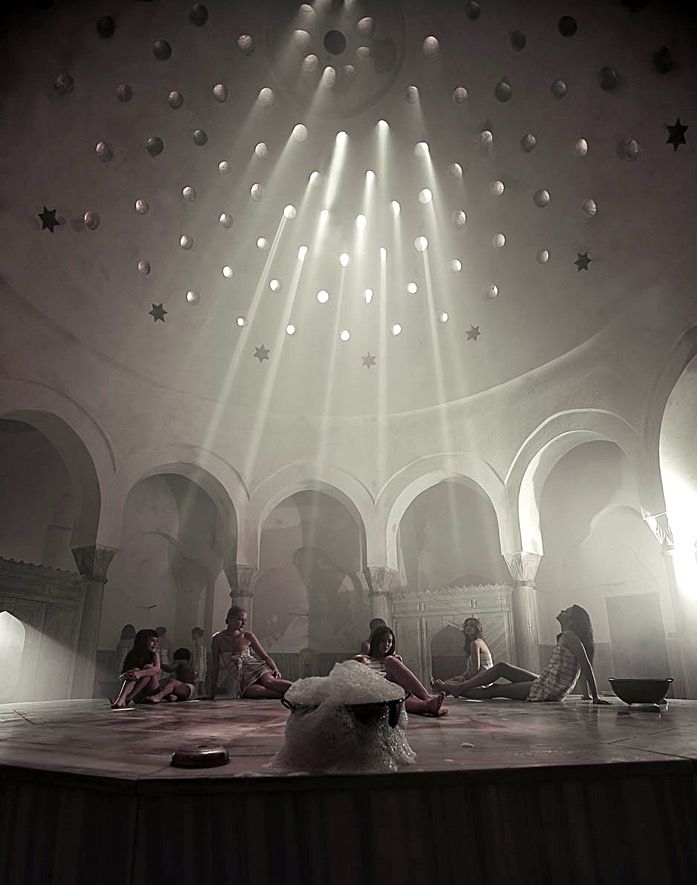
The Turkish bath combines the techniques of the Roman bath with that of the central Asian steam bath. In their homeland in Central Asia, the Turks had steam baths which they called ‘manchu’. Bringing their Asian tradition with them, they merged it with the Roman bath culture they found in Anatolia, and a new synthesis was born, the ‘Turkish bath’. With their traditions, associated beliefs, and philosophy of life, baths became an institution, which spread all the way from Anatolia to Hungary in Europe. The Turks called the Roman baths, hammam, which is actually an Arabic word meaning bath. Some of the early Turkish baths were in old Roman baths while others were built adjacently to mosques, serving both as communal centers and as houses of worship. Many baths were built under the Ottoman empire, particularly in its capital Istanbul but were also present in every Ottoman city. In Turkish bath or hammam, there are separate quarters for men and woman, in smaller baths men and women were admitted at different times.These days Turkish baths employ trained adult attendants called Tellak to massage visitors.
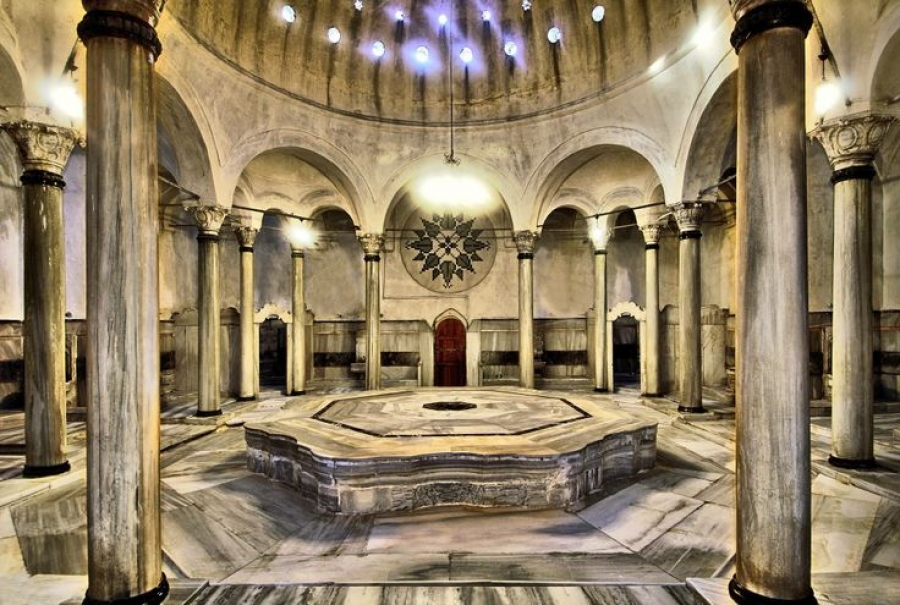
Tradition
Traditional Turkish Bath or Hammam is called as the place which helps muscles to relax, body to rest, spiritual and physical dirt can be purification. In the early period of the Ottoman people, cleaning was an important and vital necessity, so they usually went to the baths as there were no bathing facilities in their homes. Going to a hammam is a very common and traditional activity. Especially women, once a week, went to the hammam together, they were cleaned there and together they would eat and have fun.
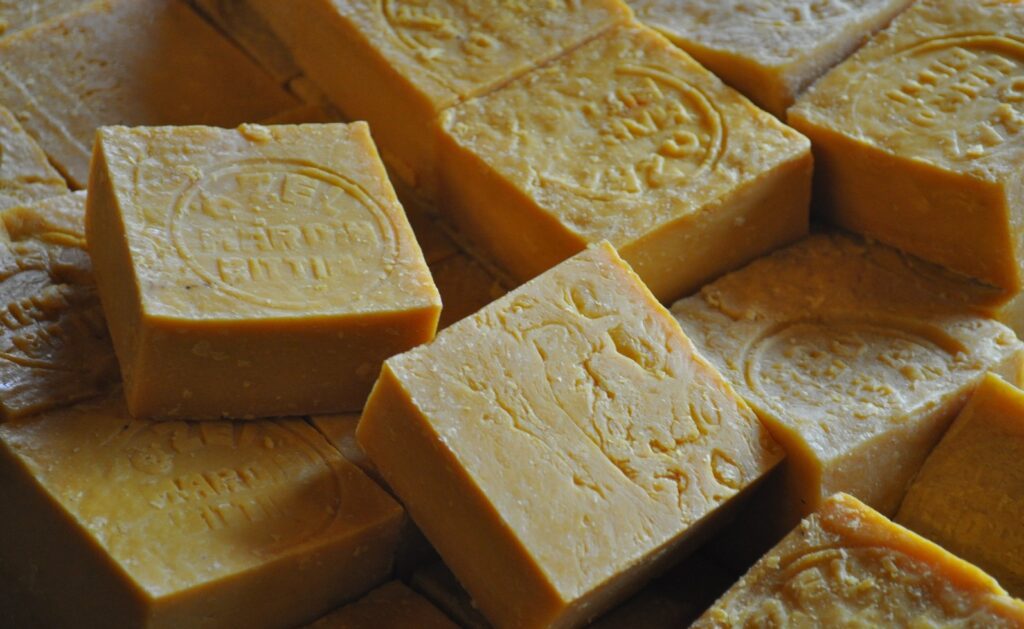
Baths are communal, with men and women coming to bathe at separate times. Bathing was a form of social life, and women in particular celebrated certain important occasions at the bath, for example: the ‘bridal bath ceremony’, which was held one day before wedding festivities commenced; the ‘forty-day bath’, which marked the fortieth day following the birth of a child; the ‘tear-drying bath’, attended by all relatives and friends of the deceased twenty days after her death; the ‘votary bath’, held when a person’s wish was fulfilled; the ‘guest bath’, to which the hostess invited her friends and relatives to meet a special visitor; and the ‘holiday bath’ which was taken on the eve of religious holidays.
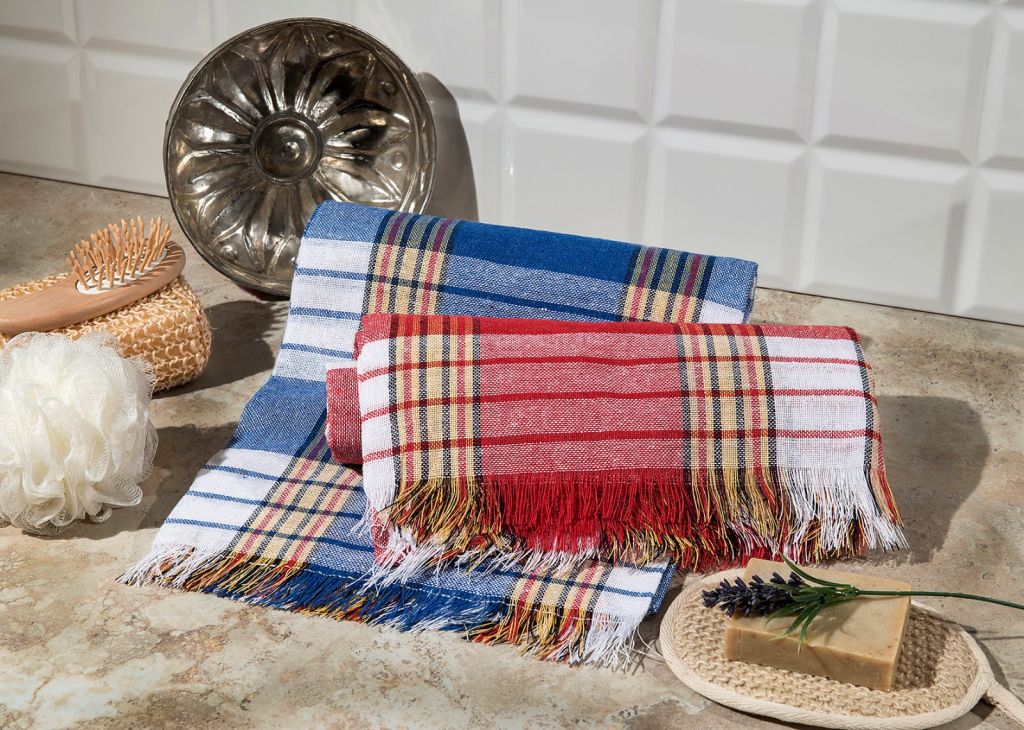
For women, baths were also beauty salons where facial, hair and body care was available all day long together with herbal treatment of certain conditions and therapy with various oils. A woman’s body was beautified and her soul restored at the bath. The perspiring body was rubbed with hand mitts (kese) made of silk or linen to cleanse off all the old skin, and lathered up numerous times to purify it of toxins. Afterwards, a woman felt literally purged of all her cares. Children accompanied their mothers to the bath, but as the boys got older, other women would remark, “dear boy, tell your mother to bring your father next time!”. Mothers chose brides for their sons at the baths. All the items used in the activities that went on in the bath were carefully prepared. Every woman had 13 or 14 different bathing accessories, examples of which are virtual works of art today, and an indication to us of how rich Turkish bath culture was. Let us look at some of the examples to hand in the light of this brief summary: Every family had a pair of ‘bath bowls’ in keeping with its taste and degree of wealth, the larger one for the men, the smaller for the women. Bath bowls came in several varieties: fat and round bowls of silver, bronze or copper, decorated with reliefs, inlays or fish. The soap dish was a lidded container with a handle on top, oval-shaped, with holes in the bottom like a sieve. Soap, combs, and rubbing and lathering mitts were placed inside it. There was also a metal container in the shape of a pumpkin for keeping jewelry after getting undressed in the bath. Bath mirrors meanwhile were oval or round with wooden or silver frames.
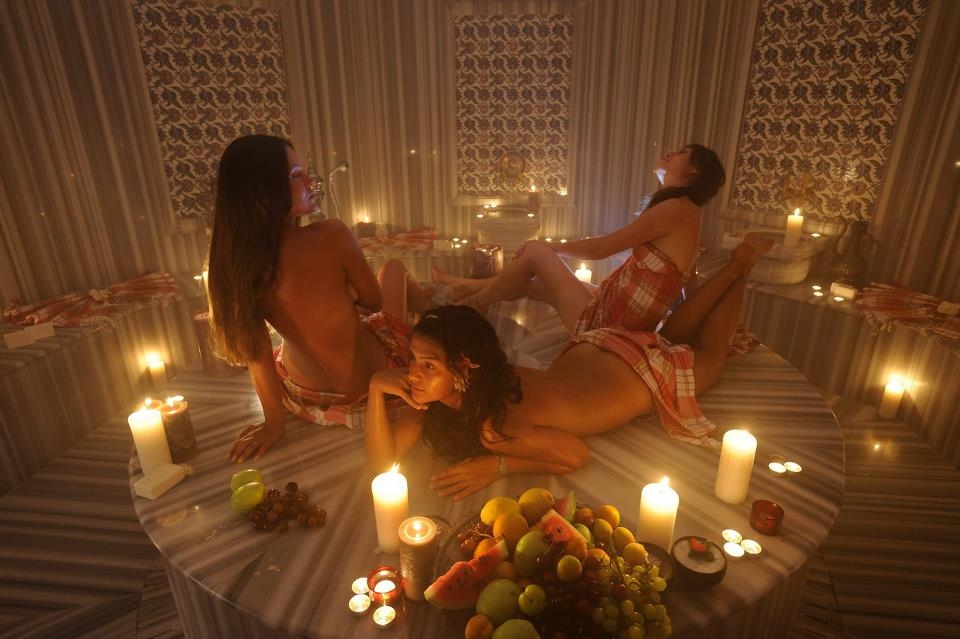
Hammam Towels (Pestemals)
Thin bath towels (pestamal) were woven in plaid designs. After women had undressed in the bath, they covered their bodies below the breasts with these towels. Bath towels were adorned with various types of embroidery. After bathing, women wrapped themselves in these towels, the biggest one around the waist, the middle-size one around the shoulders and the smallest around the head. The highest-quality towels were woven in Bursa . After the hair was toweled dry and combed, a gauze-like white ‘tülbent’ was wound round the head to absorb any remaining moisture. When one went to the bath, a bath mat was spread on the floor. This was a towel-type textile, with a red square on a white field and red stripes around the edge. Bundles were placed on it, and the bather stood on it to get undressed and dressed.
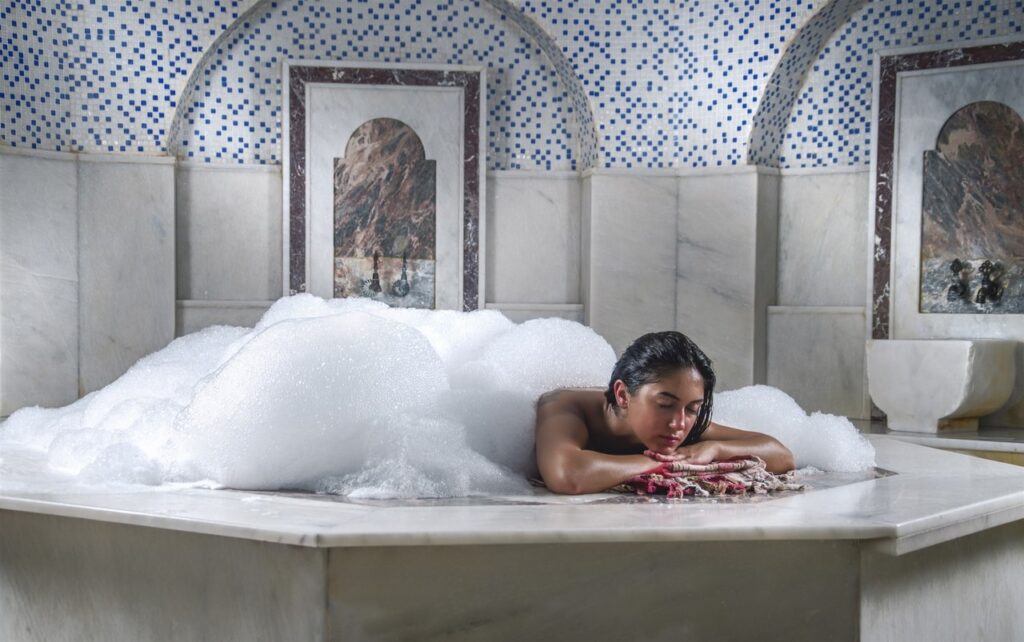
Public baths, where such occasions were celebrated as a group, were located in the cities and towns and in some villages and were open to everyone. The imperial palaces and pavilions, Istanbul’s waterside residences, and the stately mansions in provincial cities and towns also had their own private baths, which were usually located at the end of a greenhouse-like passageway, filled with flowers, connecting the house and the garden. Bathers went to and from the bath through this flower-lined passage. It was traditional to consume fruit, lemonade and various fruit juices and sherbets in the bath.
Bathing Clogs
Bathing Clogs, in Turkish called “Nalın”, are special wooden footwear, and were worn during traditional Turkish bathing ceremonies, rituals and the daily personal cleansing activities during the Ottoman period and the early Turkish Republic. These clogs were crafted with high heels in order to protect feet from soapy and dirty water running on the floor. They were customarily worn by females, males and children at Turkish baths. The bath clogs that were worn on the feet were carved out of wood in special shapes and decorated using various techniques. Being quite high off the floor, they ensured that the bather’s feet never came into contact with the soapy water. Bath clogs with silver bells accompanied the sashaying bodies of the young women with a pleasing tinkle. The most sought-after combs, whether coarse- or fine-toothed, were those made of ivory, which were plated with silver and gold.
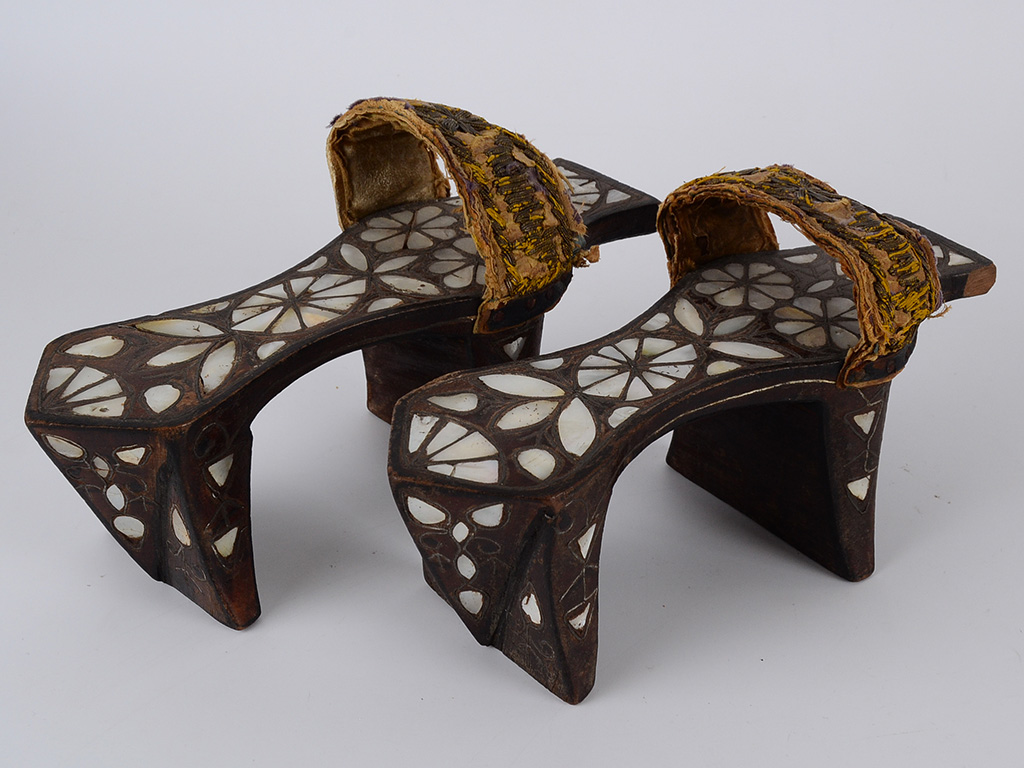
Fragrent Soaps
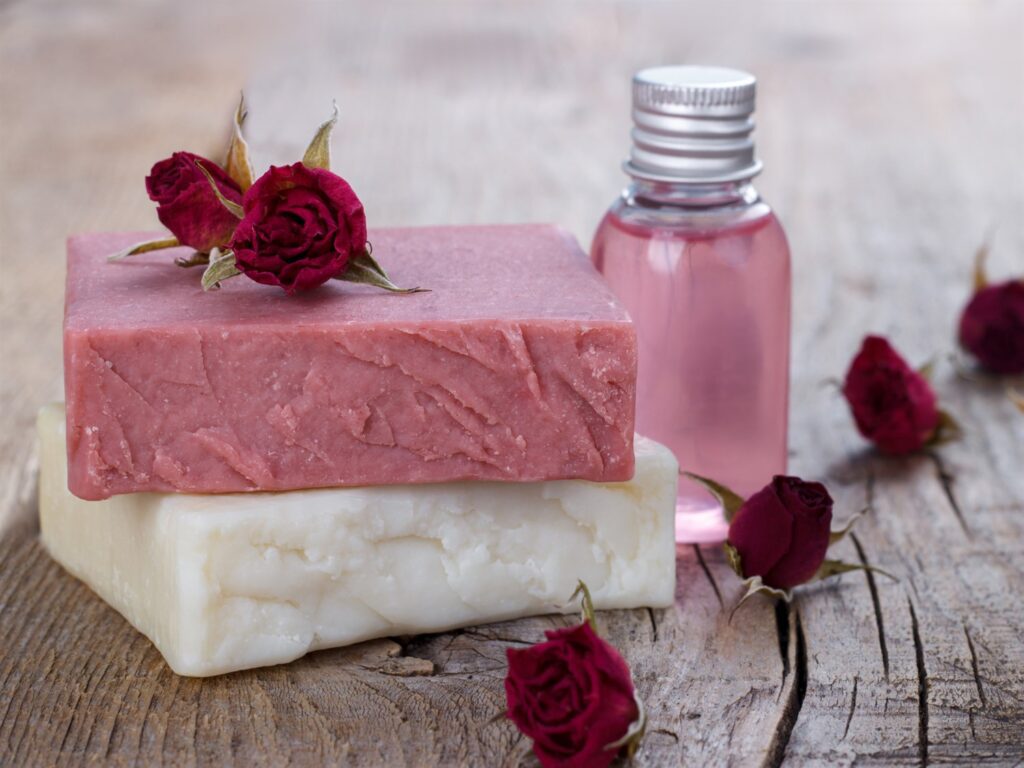
The fruit soaps which are today looked upon only as decoration, were an essential part of the bathing ritual in the past. In the early 19th century soap making was one of the main crafts of Edirne, and even in the last quarter of the century and early 20th century there were over forty shops selling fruit soaps in the city’s bazaars. There is even a district in Edirne called Sabuni, from sabun, the Turkish word for soap. Large quantities of the soap made here was sent to the palace in Istanbul for the use of the sultan’s wives and daughters, and the other women of the palace. These soaps were a part of trousseaus, and even sent by the sultan as diplomatic gifts to other rulers. The palace women placed these soaps in a corner of their rooms to enjoy their fragrance.
Structure of a Turkish Batch or Hammam
Turkish Bath or Hammam is different from other baths in several ways. The most important role in this difference is the internal structural changes. Turkish baths generally consist of three parts as dressing, washing and heating. The dressing section is where visitors changing clothes before and after the bath.
Today, dressing sections are made as cabins or rooms. Washing section is the main section of the Hammam, where visitors clean, bath and rest. The washing section actually consists of three parts. Kurna; the place of hot and cold water taps and where people wash, Halvet; the closed area where people use and wash alone and Göbektaşı is a humid steam chamber, the central, raised platform above the heating source. Heating section is located under the Hammam and the heater welding works continuously. This heater is used to heat both the water and the bath.
The Turkish Bath or hammam ritual steps
Easy Steps
- After you changed your clothes and wrap your peştemal to your body, it starts in a humid steam room for softening the body skin and to make easier scrubbing.
- You should stay 10 to 15 minutes in the hot room.
- When the skin softens, the dead skin is removed exfoliating it with a kessa glove by Tellak, a bath attendant on the ,göbektaşı, hot chamber.
- After the body is completely peeling, dead skins are removed with water.
- Then start the foam massage with a soft pouch the bath attendant lathered you with a sudsy swab.
- And then the traditional foam massage begins. The body muscles are massaged sometimes hard and sometimes relaxing.
- In the final, the Tellak rinses you with warm water and all the ritual ends. However, if you want to get a mask, mask is applied to the face and wait for 15 minutes, then washed.
- After your massage finished, bath attendant takes you to the cooling or intermediate room to cooling down. The cooling place actually in the same place with showers and toilets.
- You can take a shower, if you want and go to change your clothes.
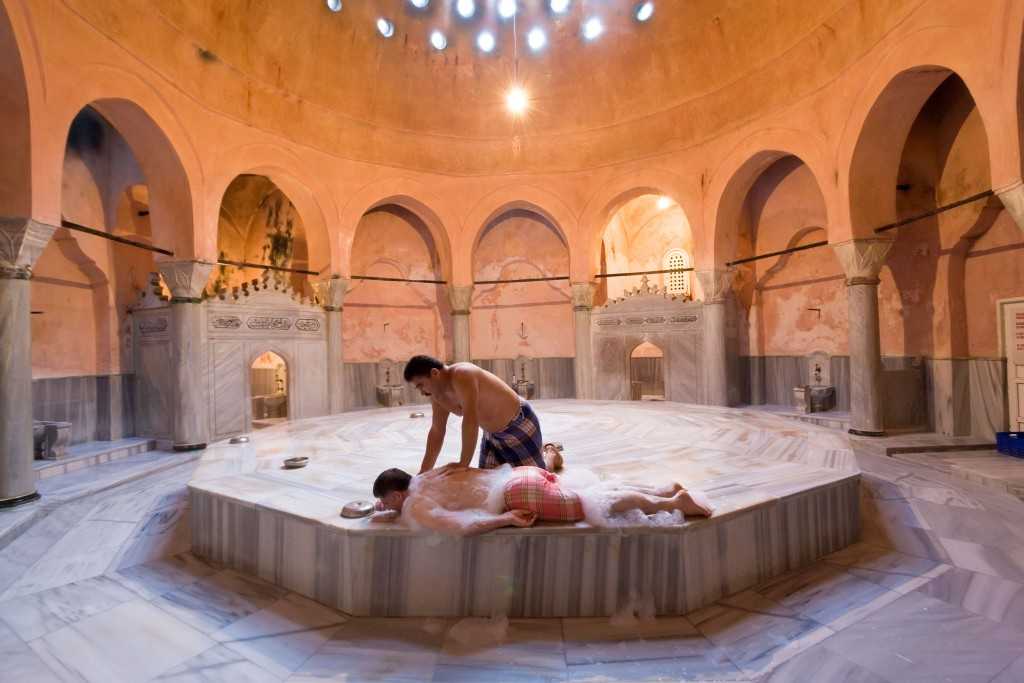
Detailed
First, speak to Hammam receptionist (most speak English) and show your booking ticket if you bought the experience from us.
If you didn’t buy from us, you will pay the receptionist who will take you to a cloakroom, usually your own lockable room, where you can undress and leave your belongings.
“Soyunun (Undress / Déshabiller”) pretty much means what you mean. Most steam rooms have separate steam rooms for men and women. In this situation, men are expected to maintain a certain level in loincloth cover, but women can be careful with the winds. Most Turkish women drape themselves subtly with their linen when they are not bathing, but if you prefer to bask naked, nobody If you’re feeling shy, all or part of a bathing suit is okay. If you’re in the kind of hammam that has hammams and mixed male attendants, it’s common to keep at least the bottom half ‘a swimsuit.
Cloths :
You will be given a cloth (in most establishments, resembling an oversized red gingham tea towel). You will keep this to travel from the changing rooms to the hammam. Your guide will also give you shoes – traditional wooden clogs or fluorescent flip-flops. Stay with them. As a fall-friendly surface, only banana peels have superior resistance to wet marble.
Gobektaşı – Belly stone
You have been taken to the Istanbul hammams, you will have to lounge on the heated marble. In most cases there will be a göbektaşı (belly stone), a round central platform where you can stroll like a python in the sun. Otherwise, take a seat and lean against the walls. The idea is to sweat while removing dirt and toxins for your washing.
If you log in self-service, then do it with a cloth soaked in loofah and soap and coat the water in the marble basins. If you are looking for a companion, it will catch up with you once you have perspired well for 15 minutes. You will lie on the edge of the göbektaşı and sprinkled with warm water, then your attendant will take you in hand.
Dry Massage
The first step is a dry massage with a kese (rough glove). According to your guide, this experience can be delicious (a bit like being washed by a giant cat) or tumultuous (imagine a sandpaper tornado). If you feel like a skinned deer, use the international language of the charade to reduce it by a notch or two.
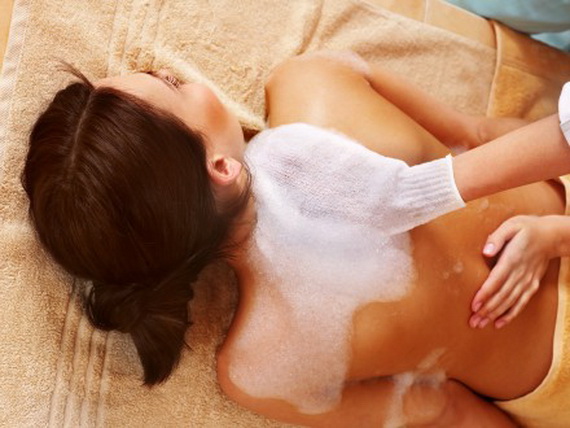
Bubble Bath
Next will be the soap. The attendant will prepare a thick foam with a huge sponge and press it on you. It’s a bit like having a bubble bath without the bath. The foam will be worked in every inch of you. Then, more messy, followed by a shampoo, and voila, you are clean like a whistle: the brilliant kind.
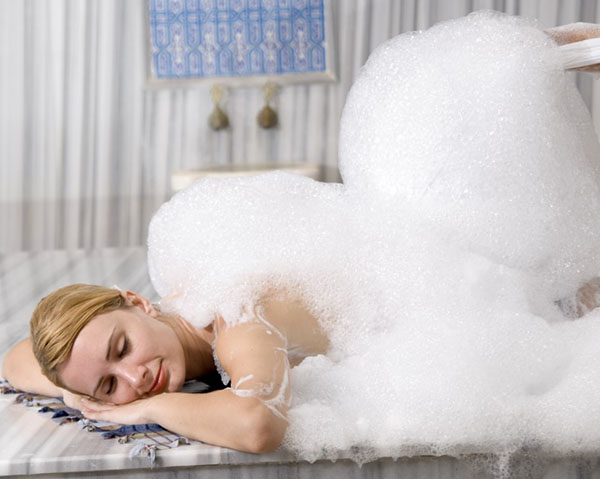
Oil Massage (Usually optional)
If you ordered an oil massage, you will be taken to another room. Unless you are particularly in color, it is probably best to miss this step: massages are brief and often lack finesse, and the oils are hardly luxurious.
After the massage, either with soap or oil, you are alone. Many tourists interfere in the hammam experience and leave immediately after their treatment. Don’t be one of them. Drag. Overheat, cool with a sprinkle and repeat to wilt. Let your muscles turn into toffee and your mind becomes pleasantly elastic. Do not forget to drink your tea! This is what the Turkish bath or hammam really is.
Frequently Asked Questions
How to Choose a Hamam ?
Depending on the size of the Turkish city you’re in, you might have several hammams to choose from. In larger cities like Istanbul, you’ll find hammams that cater mostly to tourists and hammams that cater almost exclusively to local residents, and hamams that are somewhere in between. There are even hammams that are technically full-service (expensive) spas that include a hammam component. Your experience at each hammam will vary. At hamams catering to locals, trying to communicate with Turkish-speaking staff may be awkward but they’ll likely have the best quality scrubs and massages and your experience will be more memorable. Hamams that cater to tourists will be more used to communicating with tourists who don’t speak Turkish. But, as with all services aimed at unwitting tourists who are unlikely to return, prices will be high and the service will be mediocre. At the spa-type hammams, you’ll pay the most, and your service will be somewhat westernized though quite good.
Segregation of the Sexes
Large hammams have a men’s section and a women’s section. Smaller hammams have certain times of the day that are only for men and other times only for women. In almost all circumstance, the staff inside the hammam are the same gender as their clients. A male masseur is called a tellak and a female masseur is called a natir. They are very strong and get a workout doing their job. They get almost as wet as their clients and dress to accommodate. Traditionally, male masseurs wear just the peștemal. Female masseurs might just wear a pair of underwear. More modern or westernized hammams may have staff in a uniform of some kind, perhaps a tank top and shorts covered by a peștemal. Some hammams, especially in smaller cities which receive tourist traffic, also have a time for couples to attend together. This experience has another set of etiquette rules, described below, and the masseur is likely to be male. Large hamams that are mixed-sex all day and you wear a bathing suit inside are available, but they are just for tourists (not recommended for a true hammam experience).










